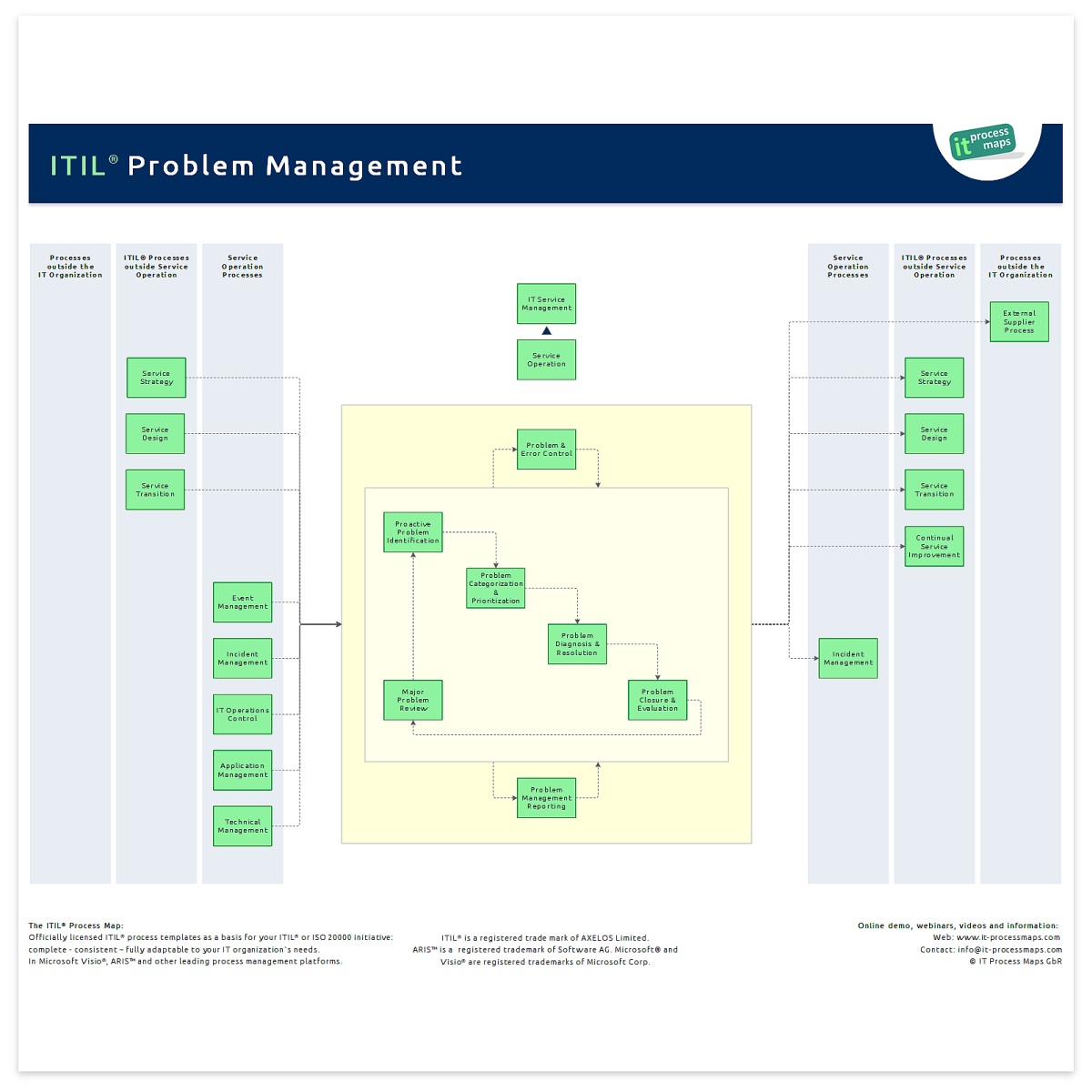

At each point, the funnel of potential vendors gets smaller as the buyer gains better insight into their needs and preferred working relationships. In many cases, the procurement process will unfold from Request for Information through to Request for Proposal, to Request for Quotation, and then finally to contracting.
Seller is responsible for packaging their service/product to buyer specifications.Ĭompleting the Procurement Process: Getting to Contract. Buyer-side driven – buyer provides direction on everything they need and asks sellers for pricing on meeting the requirements and.  Buyer is responsible for outlining what their needs and project requirements are.
Buyer is responsible for outlining what their needs and project requirements are. #ASK AND IT IS GIVEN PROCESSES PDF HOW TO#
Seller-side driven – seller provides direction and guidance on how to complete the project and. With an RFQ, the buyer is telling the sellers exactly what they want: “provide me with a quotation for the following items.” A RFP, however, asks the seller to propose how they will resolve or address the buyer’s needs: “provide me with your proposal on how to solve my problems.” If the Request for Information process gave you enough information to determine your exact needs, then you may directly use a Request for Quotation. These two documents aren’t interchangeable, but there are cases where you can jump right to the RFQ. The second step in the procurement documentation process is the Request for Proposal or Request for Quotation. Request for Proposal (RFP) and/or Request for Quotation (RFQ) The result of the RFI process is that a buyer should have a long list of potential vendors identified for their project and can move on to issuing an RFP or RFQ. Prove your expertise and leadership position in the industry. A broad overview of your products/services and company capabilities and. Asks general questions to invite a wide range of responses and. Used to get high-level information about vendor capabilities, general industry landscape, competitive landscape, etc. Here are some key defining features of when a buyer should use an RFI and what a seller should expect to provide in response: Take enterprise CRM as an example if you as the buyer have never used a CRM and have a limited understanding of what CRMs are, you may issue an RFI to get a better handle on the industry. These are typically used when a buyer has limited experience and access to an industry. The first document type is the Request for Information. There are subtle but important differences between each of the request types that impact when a buyer uses, and how a seller responds to, each document. We’ve seen companies issue an “RFP” that requests information or a request for quotations. Request for Proposal is the most common document type as it acts as a catch-all for the others. You might not need to use all three for any given procurement project however, it’s likely that you’ll need to use each document type at some point. Each document serves a different purpose. The three most common types of procurement process documents are Request for Information (RFI), Request for Proposal (RFP), and Request for Quotation (RFQ). Types of Procurement Documents: RFI, RFP, RFQ In this article, I want to review three key procurement documents that help identify what vendor makes the most sense for your needs. Going from learning about an industry, segment, or space, to signing a contract with a preferred vendor can be complex fortunately, using the right documents helps significantly. Procurement process documents are used to help a business or government narrow their focus and determine what vendor best meets their needs.






 0 kommentar(er)
0 kommentar(er)
